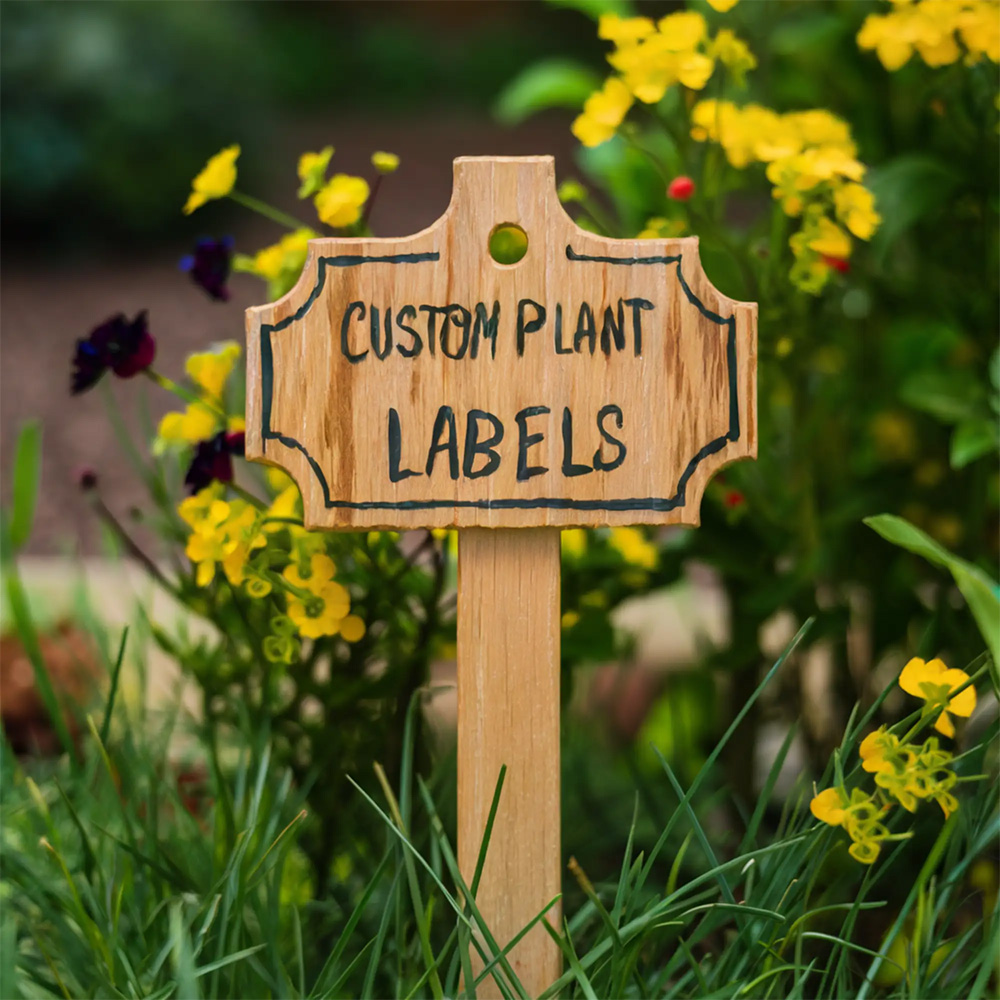
Get the latest information on plant labels and enhance your garden with our stylish, tailored solutions.
These labels often include crucial information, such as the plant’s botanical name, which is universally recognized and used to distinguish one species from another. Understanding these labels helps ensure effective communication, research, and conservation efforts in the plant world.
The botanical name of a plant is a key component of its label and serves as a unique, universal identifier. Composed of two parts—the genus and the species—it follows a standardized naming system known as binomial nomenclature. The genus is capitalized and identifies the broader group the plant belongs to, while the species is lowercase and distinguishes the specific type. For example, in Bellis perennis (the common daisy), “Bellis” is the genus, and “perennis” is the species.
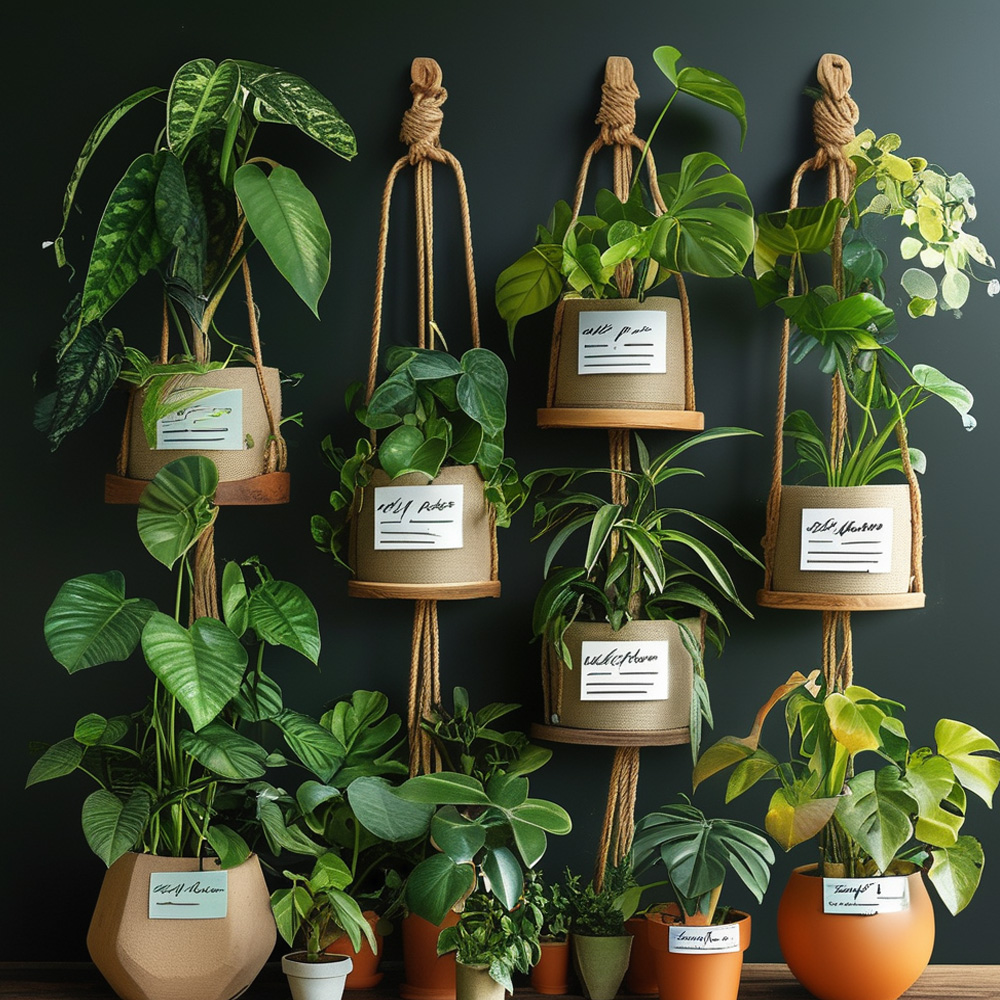
The use of botanical names is crucial for precise identification and classification of plant species. Without a standardized naming system, it would be challenging to communicate effectively about the vast diversity of plants across scientific, horticultural, and conservation fields. The botanical name ensures consistency in plant databases, scientific literature, and global plant inventories.
The botanical naming system is governed by the International Code of Nomenclature for algae, fungi, and plants (ICN). The ICN establishes rules for naming plants, including guidelines on the use of Latin and Greek roots, the creation of compound words, and avoiding ambiguity. The code also outlines how new names are published and validated, ensuring accuracy and uniformity across the botanical community.
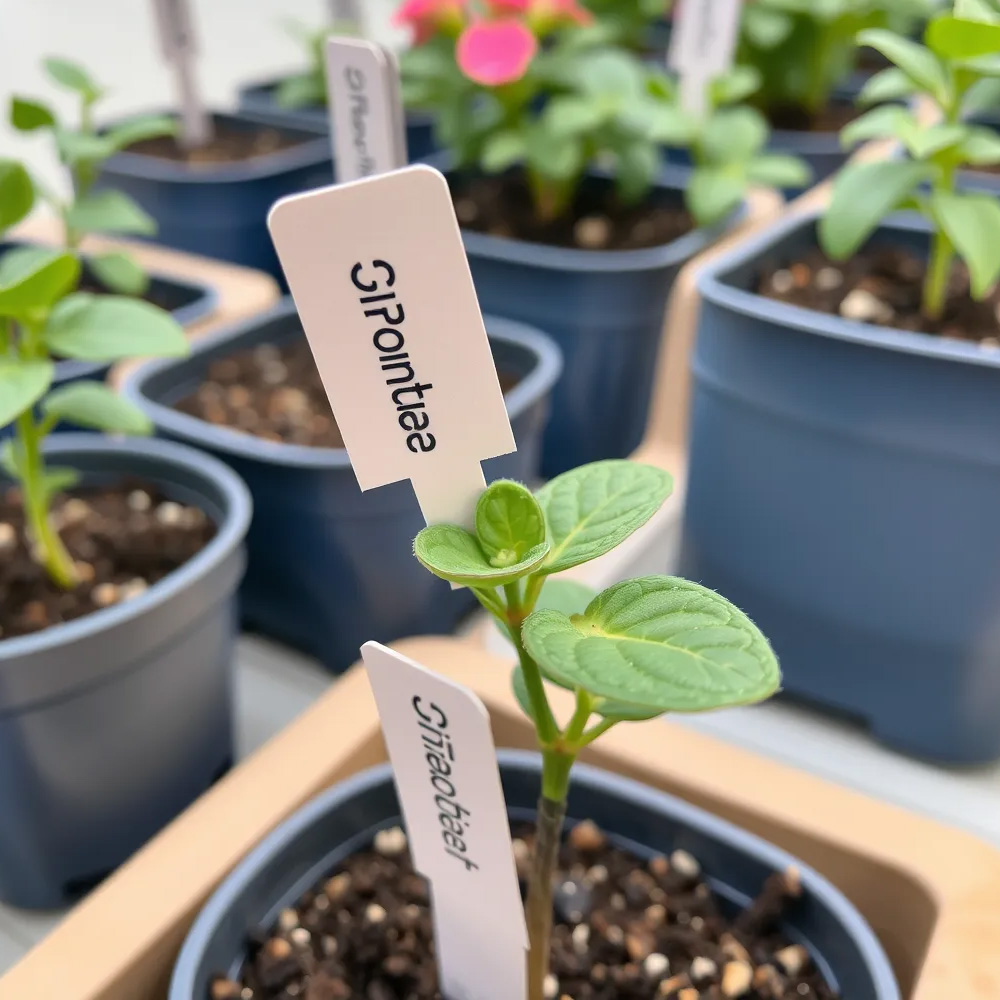
Botanical names often carry cultural and historical importance. Many plant species are named in honor of their discoverers, benefactors, or unique characteristics. For example, the genus Rosa (rose) is named after the Roman god of love, and Rosa rugosa refers to the species’ wrinkled (rugose) leaves. These names offer insight into the history of botany and the people who have contributed to our understanding of plants.
Beyond scientific circles, botanical names are also widely used by gardeners, horticulturists, and conservationists. These names enable accurate identification and management of plant species, helping gardeners select the right plants for their gardens and ensuring that endangered species are properly tracked and conserved. Botanical names are an essential part of conservation efforts, allowing for the precise identification of rare or threatened plants.
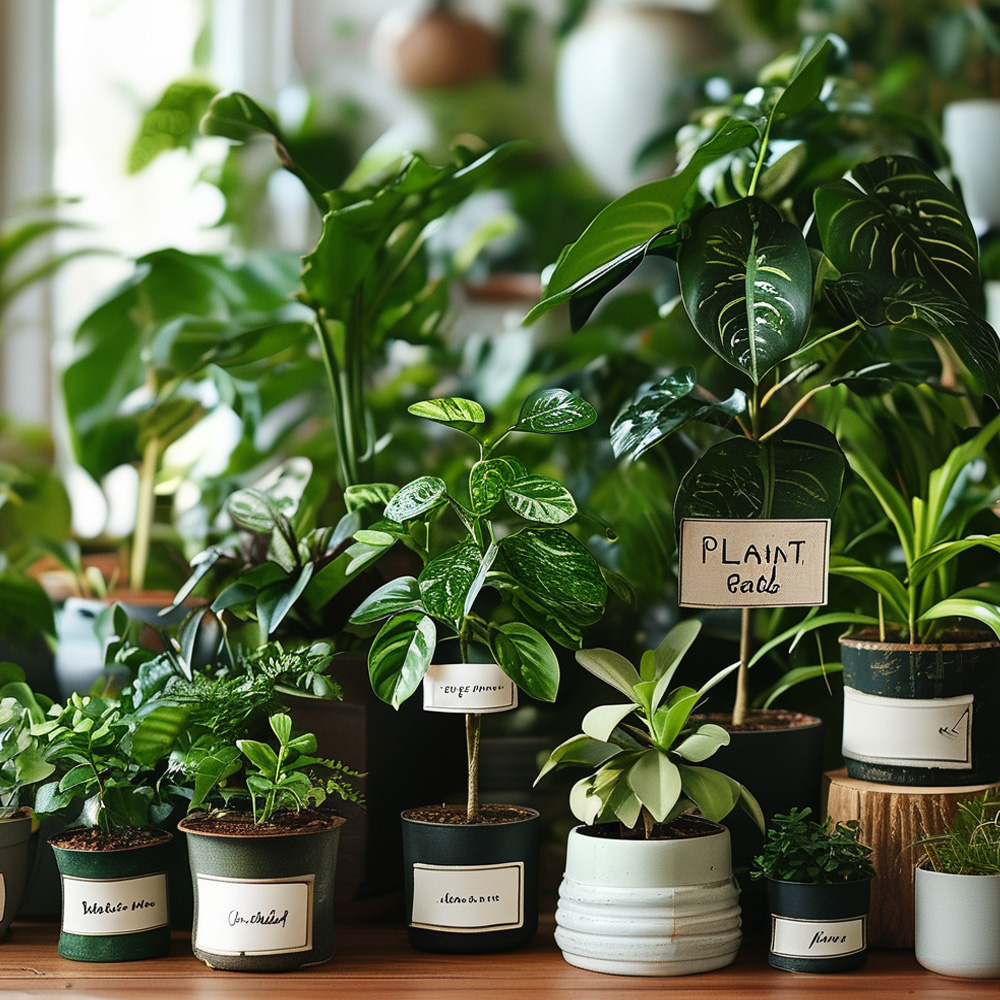
The botanical name is a fundamental element of plant labels, providing a standardized, universal method for identifying plant species. Governed by the ICN, this naming system is vital for scientific research, horticulture, and conservation efforts. By using botanical names, we not only enhance our understanding and management of plant species but also preserve the historical and cultural significance associated with them.
Get the latest information on plant labels and enhance your garden with our stylish, tailored solutions.

Are you tired of forgetting which plants are which in your garden? Plant labels are the unsung heroes of garden organization, helping both novice gardeners and experienced botanists keep track of their green companions.
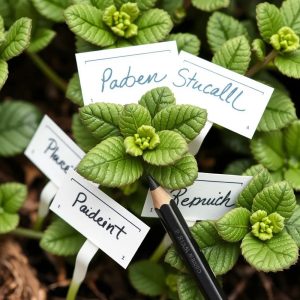
Gardening enthusiasts often find themselves faced with the challenge of labeling their plants in a way that is both durable and legible. The pencil you use plays a significant role in ensuring your garden labels can withstand the elements and stay readable over time.

Metal garden decor, including metal plant labels, adds elegance and sophistication to any outdoor space, enhancing its overall aesthetic appeal. However, rust can quickly undermine the beauty and structural integrity of these decorative pieces.
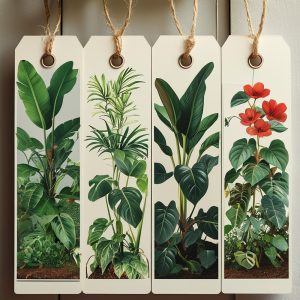
Plant labels play a crucial role in gardening, whether you’re a novice looking to keep track of your new plants or an experienced botanist identifying and categorizing species.

Copper plant markers are an excellent choice for gardeners who want a durable and aesthetically pleasing way to label their plants.
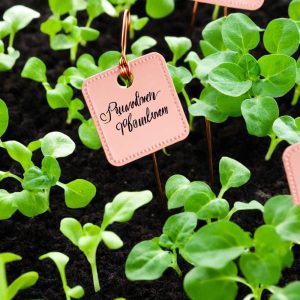
When it comes to writing on metal, enamel paint is a top choice specifically designed for this purpose.
Fill out the form below, and we will be in touch shortly.